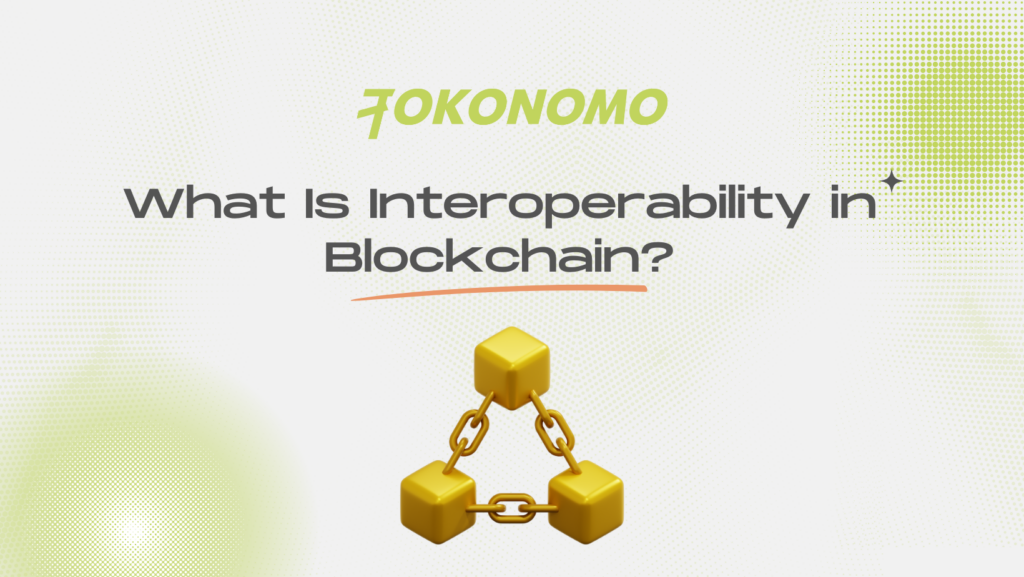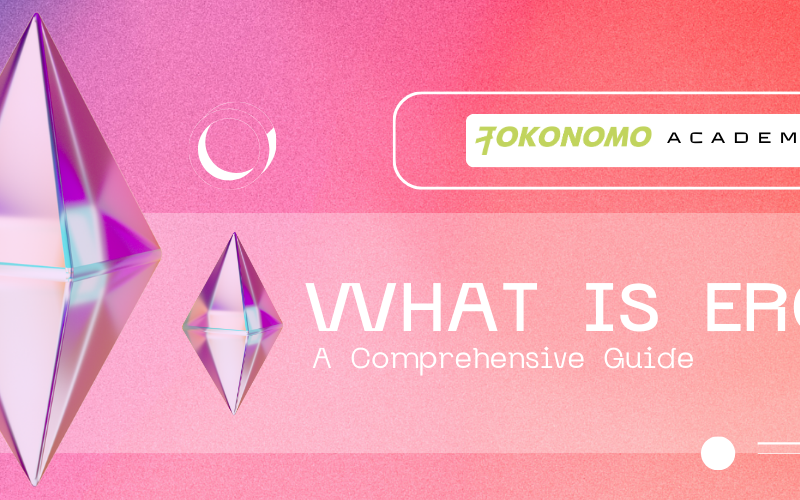What Is Interoperability in Blockchain?
Interoperability within the realm of blockchains pertains to the inherent capability of a blockchain to seamlessly share data with other blockchains. The concept of cross-chain interoperability facilitates the communication of smart contracts across diverse chains, enabling them to interact without the necessity of transferring physical tokens between the chains.


To illustrate, the documentation of assets, services, and transactions on a blockchain serves as a comprehensive record. With a suitable interoperability solution in place, any activity occurring on one blockchain can be mirrored or represented on another blockchain. This ensures that applications can seamlessly function with any asset or service, irrespective of the specific blockchain on which they reside.
What Makes Interoperability Essential?
Presently, blockchains find themselves in a situation reminiscent of the early days of the Internet, where numerous isolated ecosystems struggle to facilitate information exchange. The absence of interoperability and connectivity emerges as a formidable impediment to the widespread adoption of blockchain technology, hindering the smooth transmission of data and value across diverse networks.
From the vantage point of developers, each deployment becomes a self-contained and autonomous instance, resulting in backend contracts existing in isolation and lacking awareness of one another. For instance, a decentralized exchange (DEX) DApp may necessitate separate deployment on Ethereum, BNB Chain, and Polygon networks, creating distinct and unconnected versions of the DApps.
For end-users, the multi-deployment approach introduces several challenges, impeding the seamless transfer of tokens between different blockchains. Typically, this involves a process wherein assets undergo destruction on the source blockchain and are subsequently minted on the destination blockchain through a third-party bridge. This process, while time-consuming and confusing, contributes to the formation of fragmented data islands, resulting in a suboptimal user experience.
Moreover, the security risks associated with holding assets across multiple blockchains loom large, creating vulnerabilities that could be exploited by hackers, potentially leading to the loss of funds.
Solutions for Cross-Chain Connectivity
The enhancement of cross-chain connectivity is underway, with developers actively constructing innovative solutions that facilitate seamless connections and data/value transfers across diverse networks. This advancement holds the potential to unveil novel opportunities for the development of user-friendly and interconnected blockchain applications.
Various methodologies exist for enhancing cross-chain interoperability. In the following, we present several examples to illustrate a diverse range of solutions.
LayerZero
LayerZero functions as an omnichain interoperability protocol designed to facilitate lightweight message passing across various blockchains. It ensures secure and dependable message delivery while offering configurable trustlessness.


The protocol leverages ultra-light nodes (ULN), which are intelligent contracts responsible for supplying block headers from interconnected chains to enhance operational efficiency. Activation of the ULN occurs exclusively on demand, and the associated smart contract engages in communication with both an oracle and a relayer through the LayerZero endpoint. This strategic design enables streamlined and resource-efficient cross-chain communication.
Chainlink
Chainlink is actively engaged in the development of the Cross-Chain Interoperability Protocol (CCIP), a cutting-edge open-source standard designed to facilitate seamless cross-chain communication. This encompasses messaging and token transfers, with CCIP aiming to establish a universal connection across a multitude of blockchain networks through the implementation of a standardized interface. The ultimate objective of CCIP is to streamline the process of constructing cross-chain applications and services, presenting the potential to significantly diminish the intricacies associated with such endeavors.


Wormhole
The Wormhole protocol serves as a versatile interoperability framework, enabling the seamless transfer of tokens and messages across diverse blockchain networks. Within this protocol, messages originating from a source chain undergo scrutiny from a network of guardians, who not only validate but also facilitate the smooth transition of transfers to designated target chains. For developers leveraging Wormhole, the opportunity arises to craft cross-chain decentralized applications known as xDapps.


Advantages and Constraints of Interoperability
The clarity of the advantages stemming from blockchain interoperability is evident. Users have the potential to effortlessly engage in transactions across diverse blockchain networks, eliminating the necessity for centralized intermediaries. This not only diminishes fragmentation but also enhances interoperability within the expansive blockchain ecosystem, thereby paving the way for the exploration of novel business boundaries and models.
Nevertheless, it is crucial to acknowledge certain limitations associated with these solutions. Varied blockchains may adopt distinct security measures, consensus algorithms, and programming languages, thereby contributing to the overall technical complexity. Consequently, these solutions may inadvertently heighten the likelihood of potential attacks and introduce new governance challenges across disparate blockchain networks.
Conclusion
Interoperability solutions that facilitate communication, data, and value transfers among diverse blockchain networks possess the capability to substantially enhance the efficiency and functionality of these networks. We anticipate that the ongoing advancement of cross-chain interoperability will stimulate increased innovation across various blockchain networks, opening up new avenues for blockchain applications. Consequently, this progression holds the potential to create a more interconnected and user-friendly blockchain ecosystem.
Nevertheless, for these cross-chain interoperability solutions to attain widespread adoption, they must demonstrate heightened stability and security. The determination of which solution will offer the most efficient, stable, and secure tools remains uncertain at this juncture.











